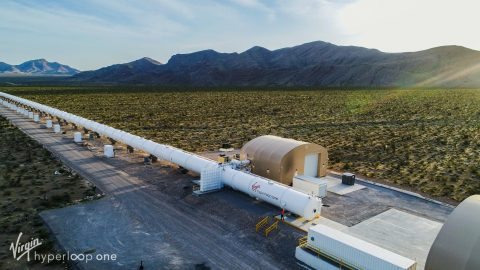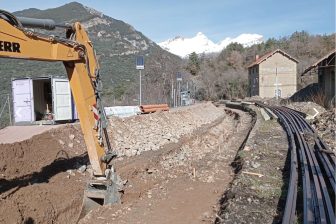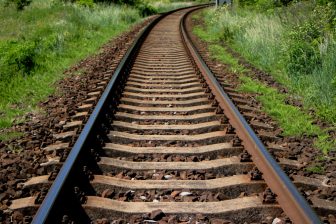
‘Hyperloop should not cannibalise traditional rail’
Hyperloop technology, which enables travel speeds of 1,200 kilometres per hour, holds massive potential, but also possible conflict for the railway sector. The Community of European Railway and Infrastructure Companies (CER) warns for “another cannibalisation of land-based modes of transport”, referring to the dominant role of road transport versus rail transport in a recently published position paper.
Want to read more?
You have read all of your free premium articles for this month. Please become a subscriber to keep reading.
Subscribe now!
Take advantage of our exclusive offer to get full access to all premium content.




